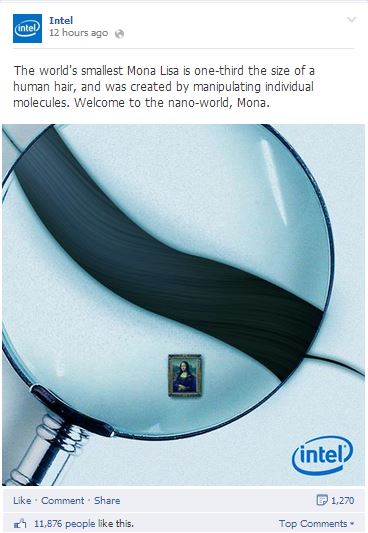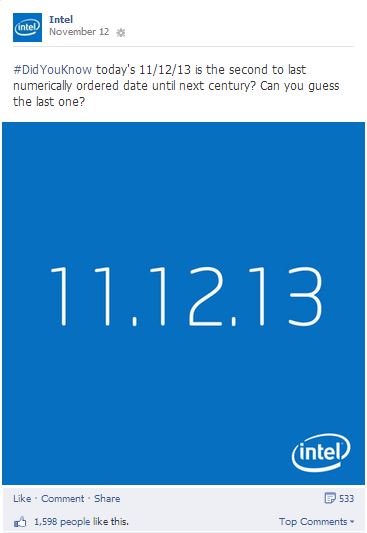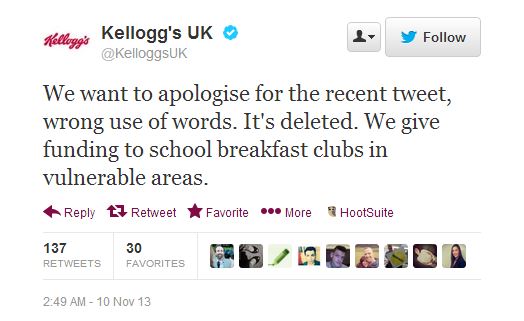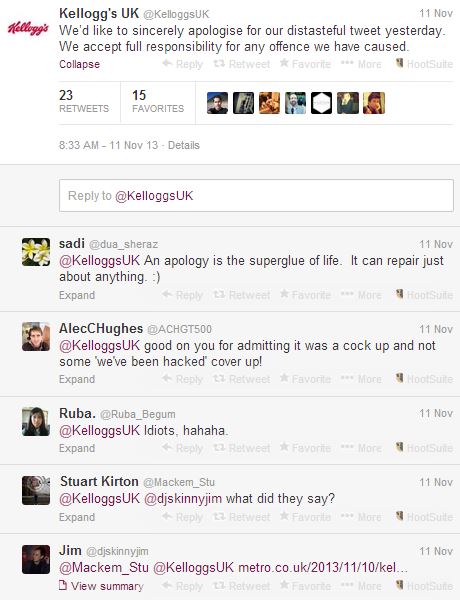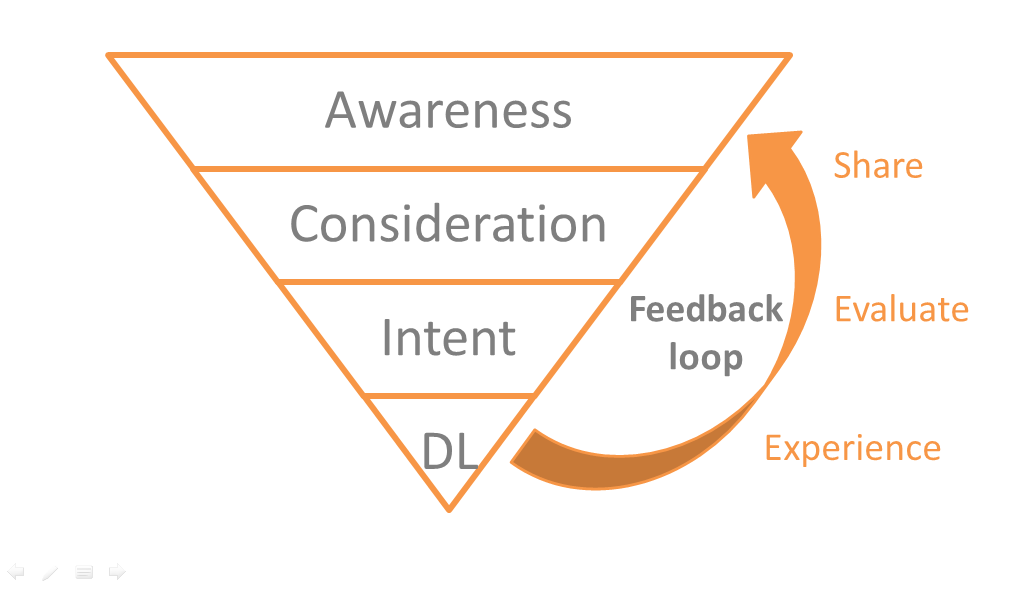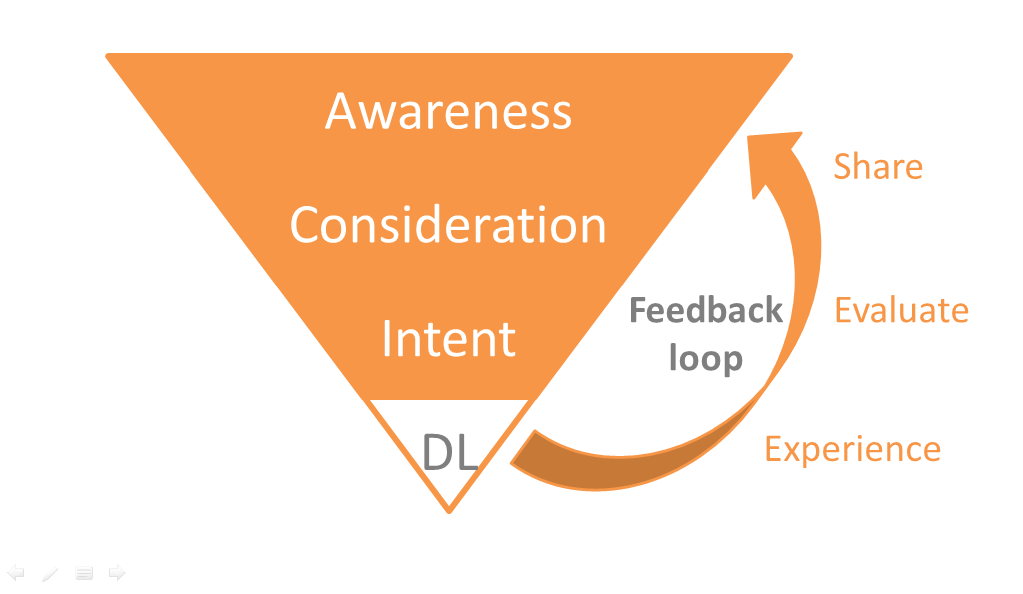Big news today: Snapchat refuses an offer by Facebook for 3 billion dollars. General sentiment seems to be that they’re nuts since 3 billion is a sweet deal.
Here’s what I’d like to know: what is Facebook thinking by trying to acquire Snapchat? Sure, Snapchat is a competitor to Facebook in the sense that it offers users an alternate messaging service, and it would make sense to try to “internalize” this competition. But, Snapchat and Facebook are miles apart in their positioning. You post something on Facebook, it’s pretty much permanent. Snapchat is the total opposite with its self-deleting feature on all images/messaging. What this means in terms of usage is that people are far more conservative with what they post on Facebook as compared to Snapchat. I mean, you don’t see people sexting on Facebook, right?
Imagine if Facebook had actually acquired Snapchat, and consider Facebook’s reputation for pretty much having zero regard for privacy. What would this do to the Snapchat user base and user patterns? As a Snapchat user, how comfortable would you feel, knowing that Facebook owns the platform? (Maybe this depends on whether you are of the sexting type or not.)
Fairly open ended blog post here, but I’ll end off with a few more questions to inspire deeper thinking:
1. Is there a business fit between Facebook and Snapchat?
2. Do we care if there is a business fit between Facebook and Snapchat? i.e. Are internet users smart enough to realise who owns what, or are they somewhat ignorant about this?
3. What do we think of Facebook’s strategy of becoming the “P&G”, “Unilever” or “Kraft” of social media, in terms of owning several platforms or, brands? This works for CPGs, but will it work for social media?
I worry that Facebook being associated with Snapchat (through ownership) would just have a negative effect on the growth of Snapchat due to poor business fit and they may not be able to pull off owning multiple social media brands, at least not if they are trying to grow these platforms. This is largely due to the fact that things are pretty darn transparent in the digital age, internet users are smart and there would likely be backlash from Facebook owning Snapchat, in terms of usage trends.
Alas, this leads me to a possible explanation to Facebook’s rationale in posing this 3 billion dollar bid: their strategy (being an internet giant) is simply to SWALLOW the competition and, they believe by buying Snapchat (and letting it die) they save 3 billion dollars lost through (threat of) competition, in terms of NPV.
This is pretty much the only way to rationalize why Snapchat would refuse the offer – perhaps they can smell the fear and are leveraging it for a juicier offer in 2014.
All speculation for now, but let’s see how this plays out!

